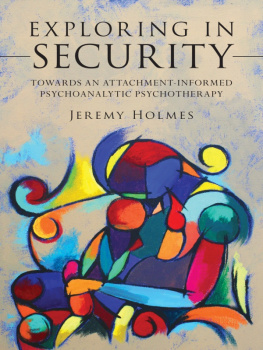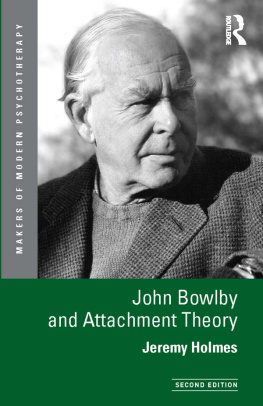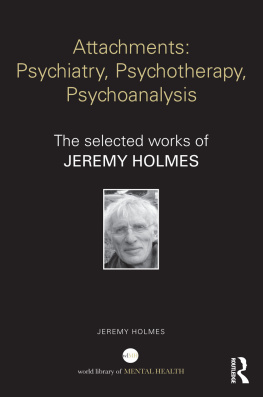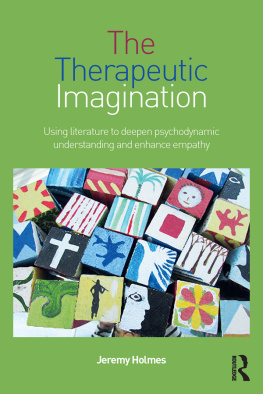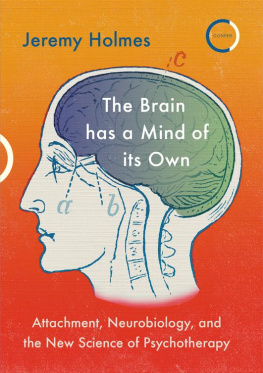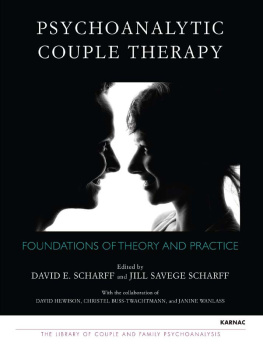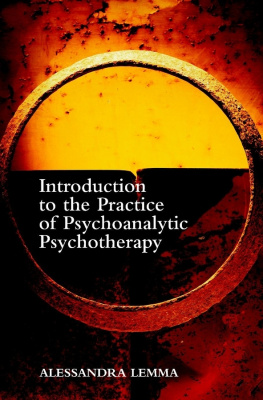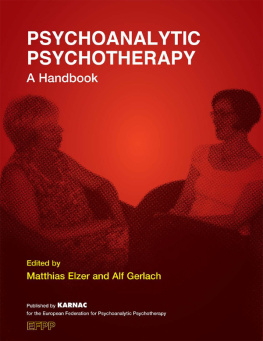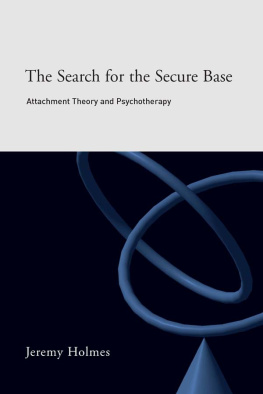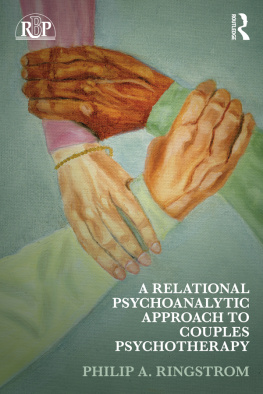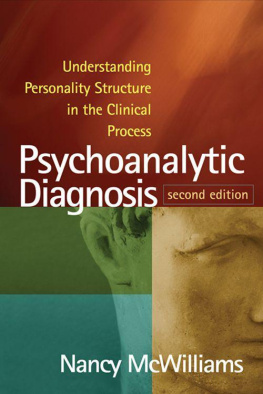This edition published in the Taylor & Francis e-Library, 2009.
To purchase your own copy of this or any of Taylor & Francis or Routledges collection of thousands of eBooks please go to www.eBookstore.tandf.co.uk.
All rights reserved. No part of this book may be reprinted or reproduced or utilized in any form or by any electronic, mechanical, or other means, now known or hereafter invented, including photocopying and recording, or in any information storage or retrieval system, without permission in writing from the publishers.
This publication has been produced with paper manufactured to strict environmental standards and with pulp derived from sustainable forests.
Preface
For followers of attachment, the past decade has been an exciting one, with many significant theoretical and empirical advances. A number of seminal volumes have been published summarising the latest research and clinical applications (Cassidy and Shaver 2008; Wallin 2007; Fonagy et al. 2002; Brisch 2002; Carter et al. 2005; Obegi and Berant 2008). In particular, the concept of mentalising (to be fully expounded in Chapter 2) has come to the fore, with far-reaching ramifications for psychotherapy generally (Allen 2008). At the same time psychoanalysis has undergone a period of soul-searching, out of which have emerged new approaches to: its evidence basis (Leichsenring and Rabung 2008); links with neuroscience (Zeki 2008); scientific status (Wallerstein 2009); competency assessment (Tuckett et al. 2008; Roth and Lemma 2008); and modifications for working with difficult clients (Bateman and Fonagy 2008). The aim of this book is to weld together these new attachment and psychoanalytic ideas in the service of improving everyday psychotherapeutic practice.
The books title reflects one of the simple yet profound ideas attachment has brought to our discipline: the mutual incompatibility of insecurity and exploration. This leads to the paradox, whose unravelling is central to the business of psychotherapy, that until safety prevails, care-seeking people i.e. a patient or client cannot begin to explore themselves, their life situation and their feelings; yet it is that very insecurity that brings them for help. As one client said in response to the annunciation of Freuds (1912) fundamental rule say whatever comes into your mind, however irrelevant, embarrassing or impolite if I could do that I wouldnt need to be here in the first place. The task of therapy is both to explore insecurity, its origins and ramifications, and to provide a space where a person can explore in security. Much psychoanalytic practice, to which the clinical part of the book is devoted, consists of working with that dialectic.
For my subtitle I am indebted to Arietta Slades elegant formulation (2008, p. 763):
attachment theory and research have the potential to enrich (rather than dictate) a therapists understanding... Understanding the nature and dynamics of attachment informs, rather than defines, intervention and clinical thinking.
In the spirit of that gloss, what is presented here is a particular angle on psychoanalytic work, imbued with attachment ideas but still broadly within the psychoanalytic framework, especially the more relational, independent stream. Setting up a psychoanalytic psychotherapy training de novo over the past five years has brought home to me the need for greater focus than is traditional on the infrastructure of psychoanalytic technique, and how it relates to the theoretical superstructure.
Freuds papers on technique (Freud 19111915), although still indispensable, are now a century old. Attachment theory, with its primary interest in the vicissitudes of intimate relationships, has a vital contribution to understanding the health-promoting (and, sadly, sometimes health-diminishing) aspects of the therapistpatient relationship. Recent attempts by the UK Department of Health (Roth and Lemma 2008) to look behind professional titles at psychotherapeutic competencies (including psychoanalytic competencies) what therapists actually do and say with their clients in the consulting room is consistent with this project.
Psychotherapy as art, craft or profession
Psychotherapists enjoy debating whether what their discipline is an art or a science (Holmes 1992) a discarded title for this book was What Do Psychotherapists Do All Day?. It is perhaps best seen as a craft (cf. Sennett 2008), drawing on both art and science but distinguishable from both.
Craftsmanship/craftswomanship has a number of features relevant to psychotherapy. First, a craft is something that cannot be learned from books alone as anyone who has tried to master skiing, carpentry or playing a musical instrument will attest. Second, acquiring a craft invariably involves apprenticeship watching and practicing under the tutelage or supervision of a master. Third, unlike science or art, at least as they are constituted in capitalist societies, craft is largely non-competitive. We admire mastergardeners or chefs, try to emulate and learn from them, but that does not diminish the value of our own horticultural or culinary efforts, however modest. It is to everyone to cultivate their garden or kitchen to the best of their ability and resources. Similarly, each psychotherapistpatient relationship has its own unique quality deserving of honour, however much it differs from or falls short of the ways in which the psychoanalytic pantheon perform. Fourth, professional craftspeople typically form relatively homogeneous communities, or guilds, of varying degrees of esotericism, with their own rites of passage (initiation, graduation, admission to senior status, etc.) values, ethics and traditional practices. Finally, in its modern usage, the related word crafty implies subtlety, finesse and skilfulness, and occasionally a degree of showmanship or benign deceit.
The etymology of the craft/profession dichotomy neatly captures the public and private faces of psychotherapy. The Anglo-Saxon, monosyllabic craft derives from the Germanic word for power, ability or skill. The Latinate pro-fession comes from the open declaration of faith required of Church supplicants. Many modern professions evolved out of crafts, just as the professions themselves were modelled on ecclesiastical hierarchies. In Britain, nineteenth-century barber-surgeons, no less than Harley Street grandees, became, by an 1858 Act of Parliament, doctors their craftsmanship as bone-setters and herbalists being transmuted, via the grandfather clause, into a common medical profession. Medical men (as they then all were), while retaining many of the autonomous features associated with a craft, were now subject to, but also protected and dignified by, a degree of state regulation, especially of the qualification procedures enabling practitioners to call themselves doctors. The parallels with the establishment of a stateregulated psychotherapy profession are striking.

